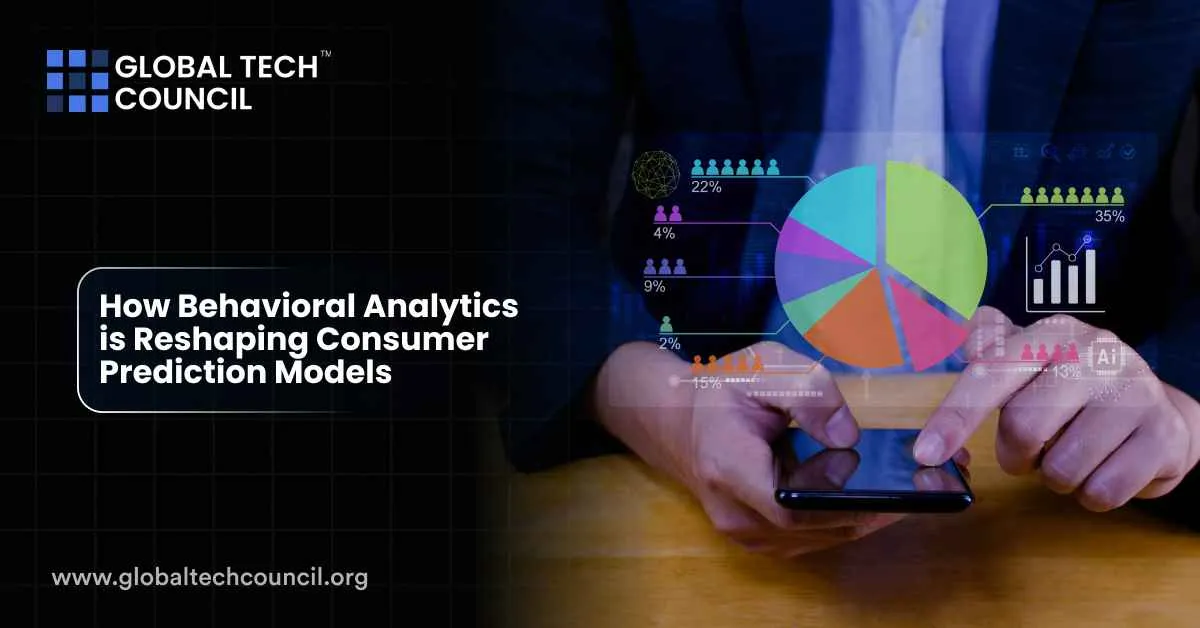
What Is Behavioral Analytics
Behavioral analytics is the study of what people actually do, not just what they say. It looks at online activity such as how long someone stays on a page, how many times they open an app, or what items they leave in a cart. This type of data is richer than basic demographics because it reflects intent. When combined with advanced models, it can predict future actions more effectively.
Why Prediction Models Are Changing
Traditional prediction models used data like age, income, or past purchases. These models were useful but often limited. They could not explain why a customer suddenly lost interest or why a new trend picked up overnight. Behavioral analytics fixes this gap by showing the journey in real time. This means models can learn and adjust continuously, rather than waiting for quarterly reports.
How Modern Models Use Behavioral Analytics
Mixture of Experts and Multimodal Models
Newer models, such as mixture of experts, split customers into hidden groups based on patterns. This lets companies see not just one broad trend, but multiple small ones that matter. Multimodal models combine different types of data, like text reviews, browsing history, and demographic info. This layered approach gives predictions more depth and accuracy.
Implicit Feedback Signals
Not every customer action is direct. A view, a pause, or a skipped item also counts. Modern models track these quiet signals, reducing noise and improving how predictions are made. This is especially useful for platforms like streaming services or e-commerce sites, where not all behaviors end with a purchase.
Real Time Data and Its Impact
One of the biggest shifts is the use of real time data. Companies can now predict churn risk the moment behavior changes. For example, if a user stops engaging with an app after three days, the system can trigger retention offers instantly. This quick response lowers customer loss and increases satisfaction. Real time data is also key in fraud detection, where unusual behavior can be flagged before damage is done.
Personalization and Customer Journeys
Behavioral analytics powers personalization at scale. Instead of sending the same offer to everyone, companies can tailor messages based on individual journeys. A customer who browses eco-friendly products may see different suggestions than someone looking for discounts. This personalization goes beyond sales. It can improve onboarding, support, and long term loyalty.
The Role of Ethics and Privacy
With more behavioral data being collected, ethics and privacy are central issues. Customers want to know how their data is used and expect transparency. Regulations like GDPR and CCPA push companies to handle behavioral data carefully. Another challenge is bias. If a model learns from unfair patterns, it can produce unfair results. This is why explainability in prediction models is critical. Companies must be able to show why a decision was made.
Business Outcomes and ROI
The impact of behavioral analytics is clear in business numbers. Accurate predictions improve retention, reduce wasted marketing spend, and boost conversions. For example, retailers use behavior data to stock items that customers are more likely to buy. Streaming services suggest shows that keep viewers engaged longer. Each of these outcomes leads to higher ROI. For professionals who want to understand these workflows deeply, a Data Science Certification can provide the technical knowledge needed.
Data Sources and Tools
Behavioral analytics depends on data from many sources. These include clickstream data, social media posts, product reviews, and in-app activity. Machine learning tools like neural networks and transformer models are used to process these inputs. The result is a system that can recognize subtle patterns humans might miss. For those interested in specialized learning, a deep tech certification from the Blockchain Council can help build expertise in applying advanced models in secure and scalable ways.
Challenges in Adoption
Despite the benefits, adoption is not always smooth. Data silos make it hard to get a full picture of customer behavior. Poor data quality can mislead models. Integration with existing systems requires investment and skilled teams. There is also the challenge of keeping models updated as consumer behavior shifts. Companies that solve these problems gain a clear edge in the market.
Future Trends in Behavioral Analytics
Behavioral analytics is set to grow beyond retail and media. Healthcare providers are using it to predict patient needs. Public policy groups explore it to understand citizen engagement. Continuous learning models will adjust in real time, making predictions even sharper. We can also expect more voice and gesture data to be included, giving an even fuller picture of behavior.
Examples of How Behavioral Analytics Improves Prediction Models
| Consumer Context | How Behavioral Analytics Improves Predictions |
| Retail | Identifies items customers are likely to buy next, reducing stock waste |
| Streaming Services | Suggests shows or songs based on viewing and listening patterns |
| Banking | Detects unusual transactions for faster fraud alerts |
| E-commerce | Tracks abandoned carts to trigger timely reminders |
| Healthcare | Predicts follow-up appointment needs from patient behavior |
| Travel | Suggests destinations and offers based on browsing activity |
| Education | Monitors online learning habits to boost course completion rates |
| Social Media | Recommends content based on scrolling and engagement history |
| Gaming | Predicts churn risk when users stop playing frequently |
| Customer Support | Flags at-risk customers by analyzing support ticket behavior |
Conclusion
Behavioral analytics is changing how companies predict consumer actions. By tracking real time signals, using advanced models, and applying insights responsibly, businesses can stay ahead. The future of prediction models is not only about numbers but about truly understanding people.